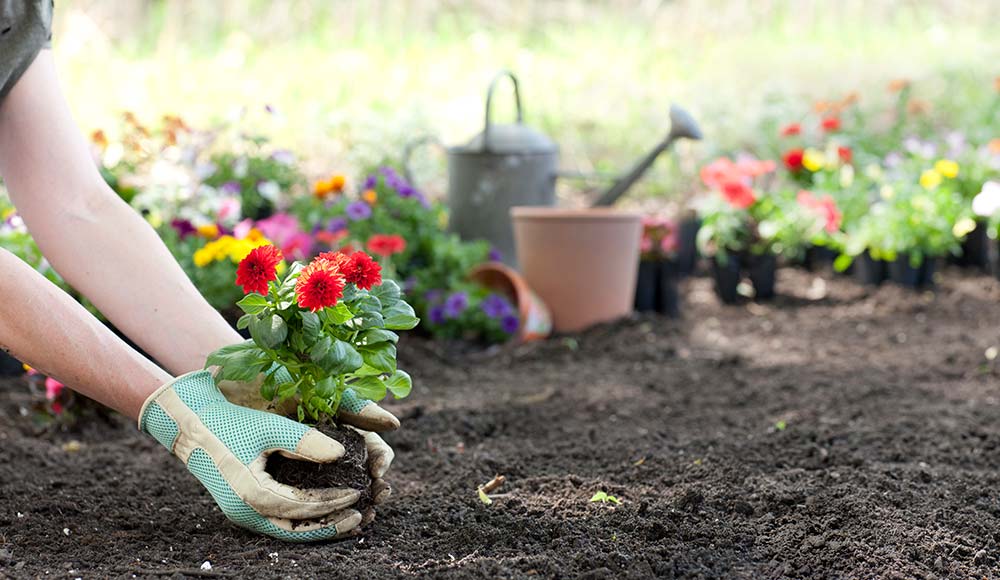Vibrant, beautiful flowers make us all smile and improve our mental and physical well-being. And bonus, they help the environment too. Flowers are a source of food for many creatures while other plants act as natural insecticides that repel unwanted insects that can destroy vegetable gardens and fruit trees. There are also flowers that are used in cooking and in teas for nutritional and medicinal purposes. The pollination process leads to fruit production and more seeds to create additional plants. For those interested in organic growing in a greenhouse, here are a few guidelines to help you enjoy your flower gardens all season-long.
Check the Weather.
Is Mother Nature done with frost? The website planthardiness.ars.usda.gov has zone information where you can check first and last freeze dates for your area. Weather can be unpredictable, so you need to make sure the weather is conducive to healthy plant growth. Flowering plants can be sensitive to cold temperatures.
Choosing what to plant.
When choosing your flowering plants, you will want to choose flowers that will flourish in your specific environment. When you go to the garden center be sure to let them know the following:
- Is your garden in a sunny or shady area?
- Soil information is important not only for plant selection but also for choosing the most beneficial fertilizers and soil amendments to use.
a. Does your soil have a high (above alkaline) or low (below 7 acidic) pH?
b. Is your soil structure tight (heavy clay), or looser (higher sand content)? Each soil type has different challenges, but none that can’t be addressed with the right plants and some soil amendments. Too much clay can slow down water flow and root growth. Sandy soils can move water through the soil too quickly, making it difficult for plant roots to hold onto water and nutrients.
3. Ask your garden center about Native plants. They are strong, resilient, will be much easier to care for, and provide food for local and traveling pollinating birds, insects, and butterflies.
Time Saving Tips
- Plant a combination of flowers that bloom from spring until frost so you can enjoy your gardens longer. Consider planting colorful bushes and perennial flowers that don’t need to be replaced every year.
- Apply herbicides early to get those weeds before they germinate.
- Mulch flower beds to slow water loss to evaporation, keep roots cooler in summer, and reduce weeds.
- Use a longer lasting slow-release fertilizer that provides a slow, steady supply of food.
Organic Turf Trade wants you to grow an amazing flower garden. Let us know how we can help?

